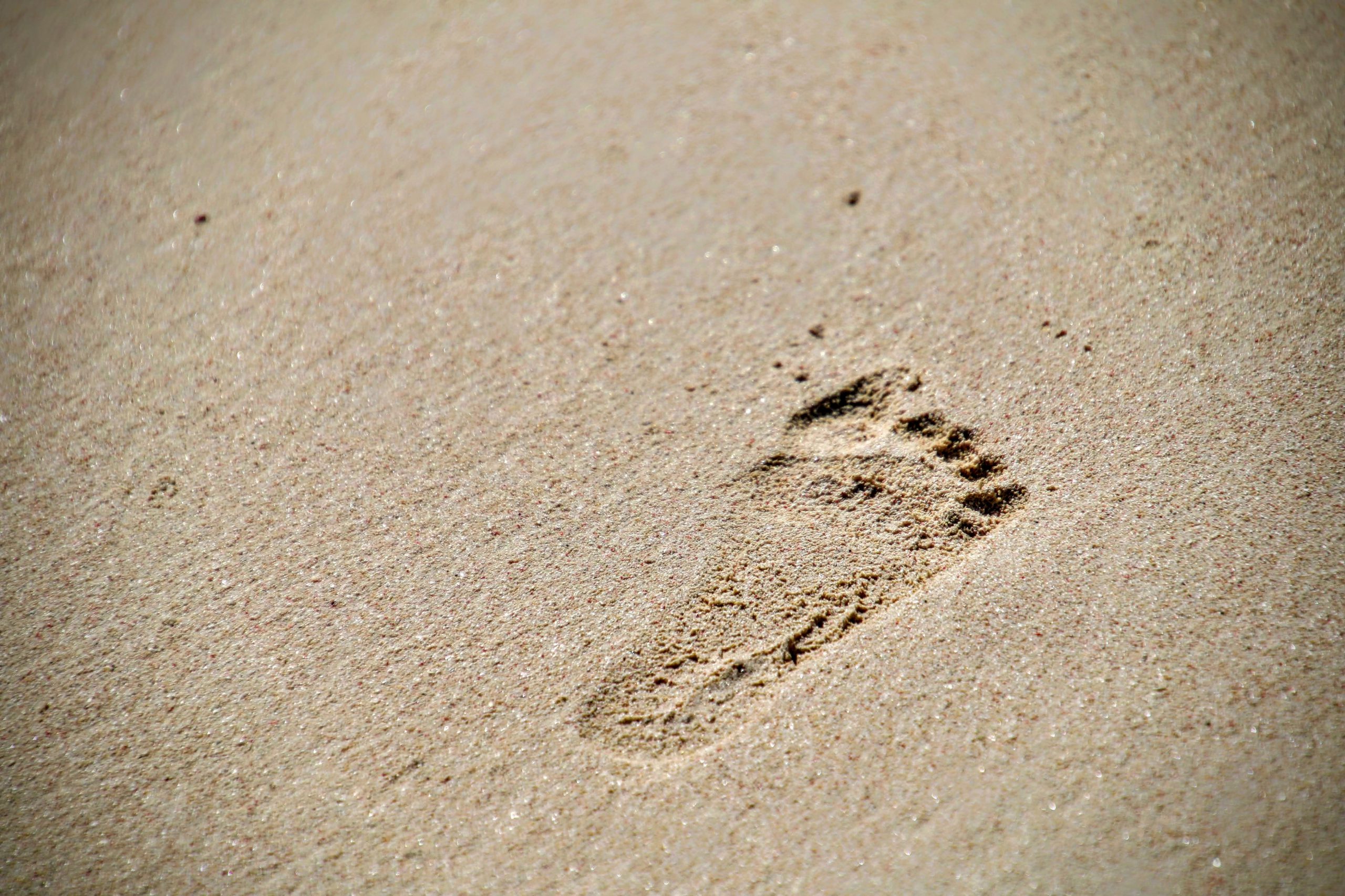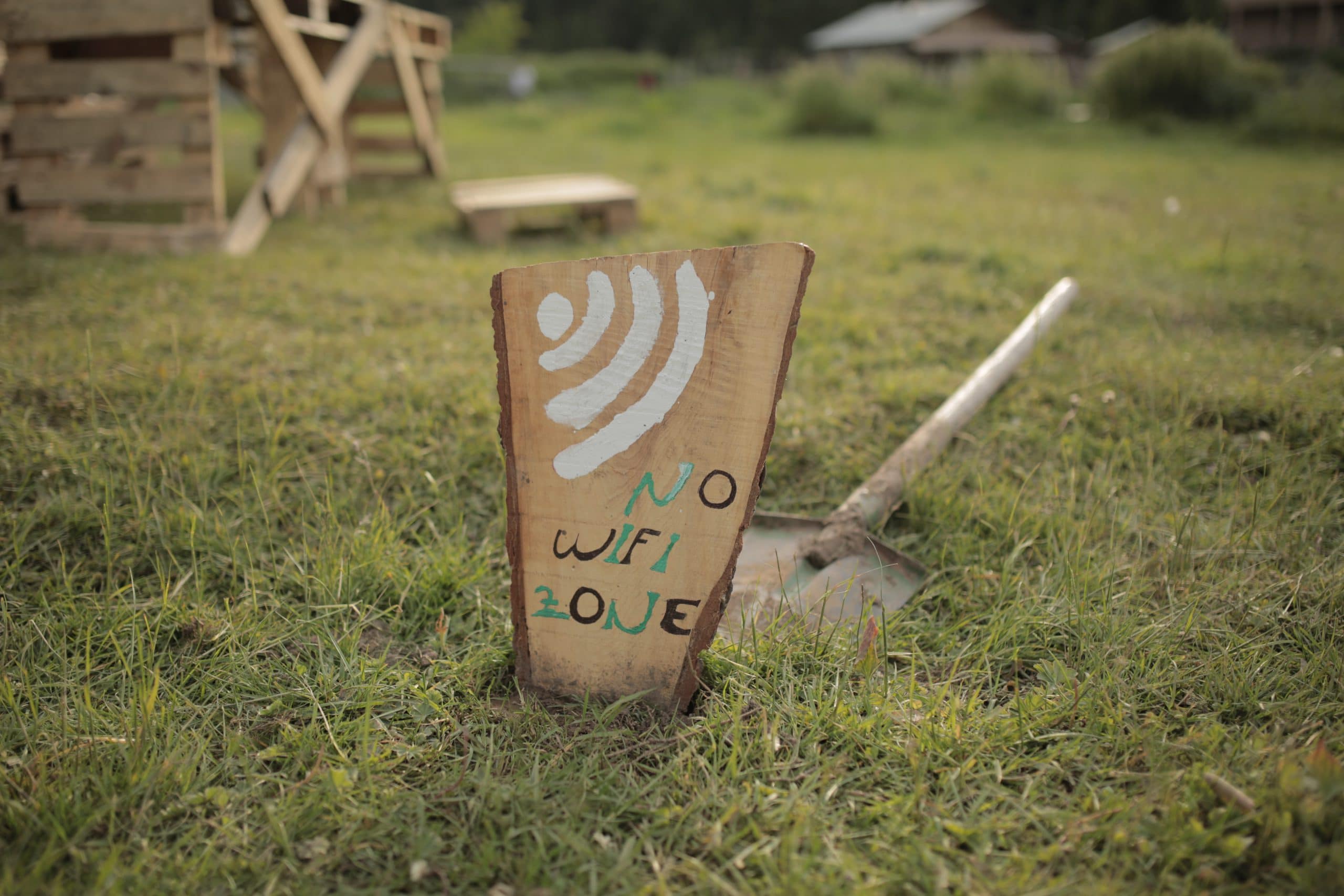Earlier this year, we published our inaugural Awesense Sustainability Report to address the Sustainable Development Goals (SDG) set out by the United Nations. As a part of promoting education around these goals, we have summarized snippets to display SDG goals 7, 9, 11, and 13. As a part of this, the Awesense GHG Emissions Report was designed to calculate the direct impact that we have as an organization and to see if we could find ways to cut back on our own carbon footprint.
Greenhouse gasses are gasses produced by human consumption and later affect the earth’s atmosphere. These greenhouse gasses are a primary driver of climate change. As such, many organizations, and even people, take an account of their greenhouse gas emissions (often called a carbon footprint) to find patterns of consumption they can reduce. Outlined below are the estimated impacts from our manufacturing processes, software and data hosting, organizational costs, and employee impact.
Greenhouse Gas Emissions
Our software
Making up 98% of British Columbia’s business portfolio and emitting 20% of all CO2 emissions, small-medium enterprises are estimated to have a large impact on Canada’s economy and environment. Awesense works with cloud providers who power their data centers via high proportions of renewable energy. Using estimated calculations provided to us from our data hosting partners and associated emission data for those locations, Awesense was responsible for approximately 6570 kWh of electricity used in data hosting and processing. Due to the high proportion of renewable share powering these data centers, this results in an estimated total of 0.8 tons of CO2 emitted.
Our hardware
Awesense Raptor sensors are made of over 200 components that require manufacturing and shipping from around the world. Using supplier data and estimating the average emissions produced by primary components, alongside the shipping of each device, it is estimated that one Awesense Raptor sensor emits 0.005 tonnes of CO2, and likely helps reduce much more. After manufacturing, delivering, and installing Awesense Raptors in 2020, our manufacturing and logistics emissions amounted to an estimated 5.57 tonnes of CO2.
Our office
As an organization, our office space consumed 47,170 kWh of electricity and 25.21 GJ of natural gas, emitting an estimated 0.6 and 7.1 tonnes of CO2, respectively. This number is surprisingly low because the BC Hydro grid is powered by over 95% hydro-powered zero-emission generation.
Our people
Awesense is a modern technology company and has fully embraced digital technologies enabling trans-national and international collaboration without the need to travel. However, with partners and customers around the globe, travel in some circumstances has been essential. Awesense employees needed fewer than 100 flights in 2020 to help deliver our innovative solution to partners and customers, emitting a total of 14.02 tonnes of CO2. By running an internal survey and aggregating results, we have determined that overall, in 2020, Awesense’s employees emitted an estimated 22.8 tonnes of CO2 for all travel-related purposes.
Awesense GHG emissions
Based on our research into emissions from the SME sector, Awesense is proud to say that in 2020, our estimated 36.15 tonnes of CO2 emitted as an organization is extremely low compared to other similarly sized organizations.
As a venture, we are committed to maintaining this number in 2021. We will continue to deliver our innovative technology to partners around the world, in hopes that they are able to do the very same. And as we continue to address the essential sustainability goals outlined by the United Nations, Awesense is confident that 2021 will bear inspiring results.
Can I calculate my own carbon footprint?
There are many great resources for calculating your own carbon footprint. It can be a great way of increasing your awareness and finding ways to cut back. If you’re interested in finding out more about your carbon footprint, one great resource is here.
What can I do to help advance the United Nations’ Sustainable Development Goals?
The number one thing any of us can do to help advance the SDGs outlined by the UN is by educating both ourselves and the people around us. It is only with knowledge of the deficits existent in our current system, that we can form new knowledge to address the gaps.
If you can’t afford or don’t have the ability to install renewable energy to power your household or business, encouraging your utility or energy provider to use more renewably sourced energy is a great way to have an impact. Interested in connecting with us to make a difference together? Reach out to us at marketing@awesense.com, we’re always happy to hear from you!




